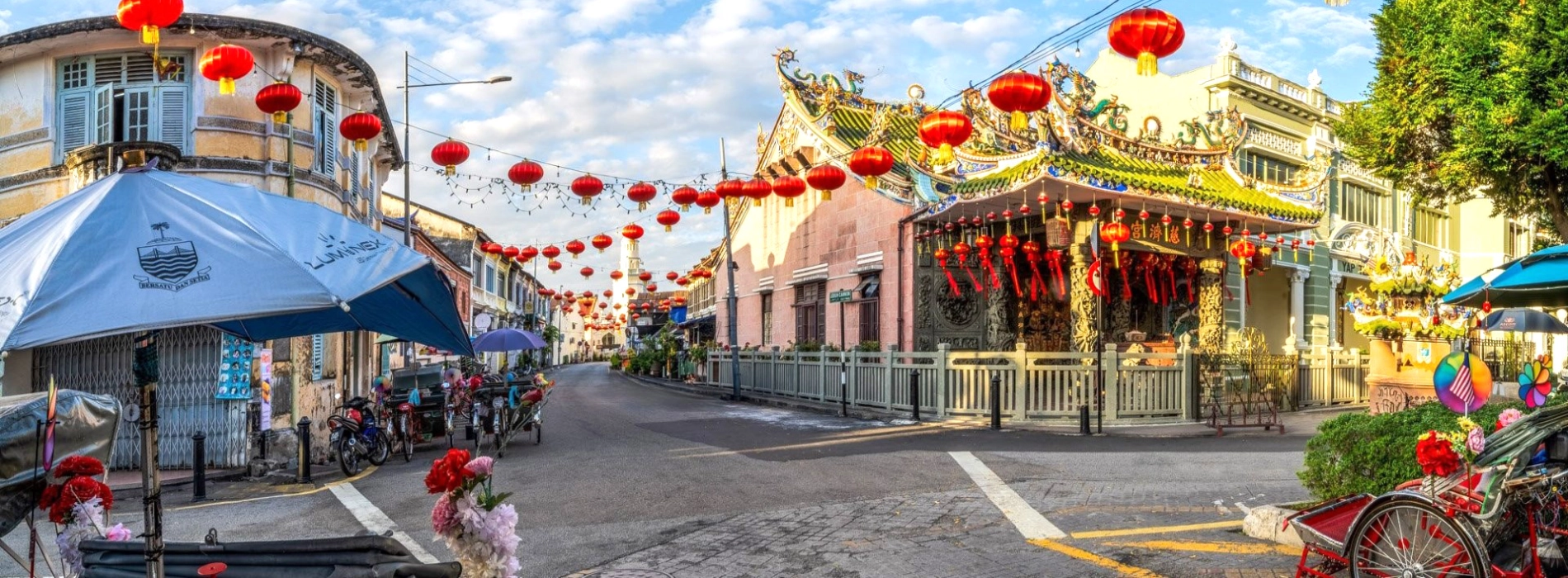
Malaysia is often called the "Miniature Asia." It is a multi-ethnic country with over 30 million people from 30 different ethnic groups. The diverse Malaysian culture is influenced by three of Asia's oldest civilizations - Malay, Chinese, and Indian and alongside indigenous cultures and Western influences after World War II has shaped this peaceful country into one of the world's most unique and diverse cultural landscapes.
From a multi-ethnic community including Malays, Indians, and a sizable Chinese population, influences define the diverse Malaysian culture. These ethnic communities preserve their cultural legacy through their unique religious practices as well as by their customs and traditional clothing.
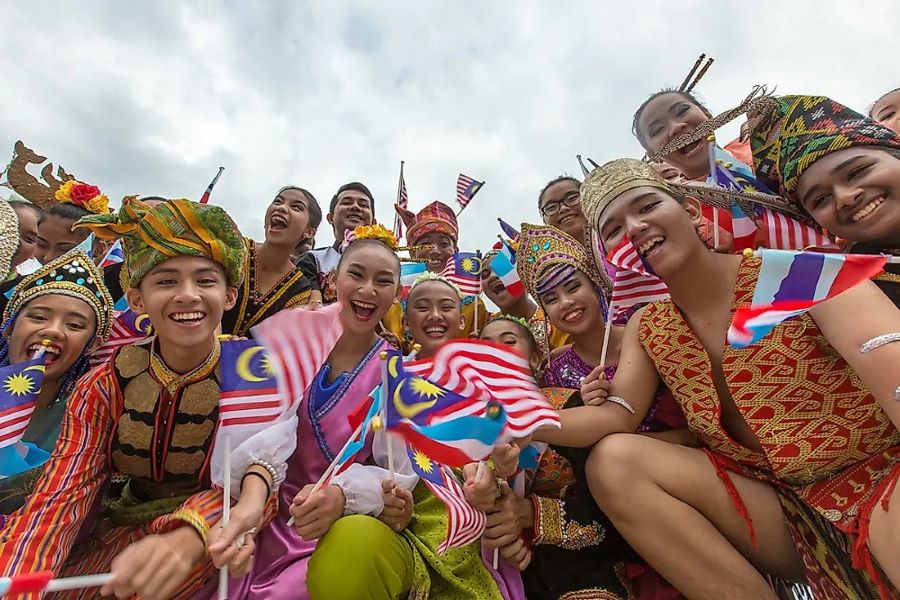
The population diversity results in diverse Malaysian culture (Source: World Atlas)
Malaysia is home to most of the world's major religions, including Buddhism, Islam, Hinduism, and Christianity. Religion plays a significant role in shaping the identities of different ethnic groups - Malays are primarily Muslim, Indians mainly adhere to Hinduism, and the Chinese community practices Buddhism.
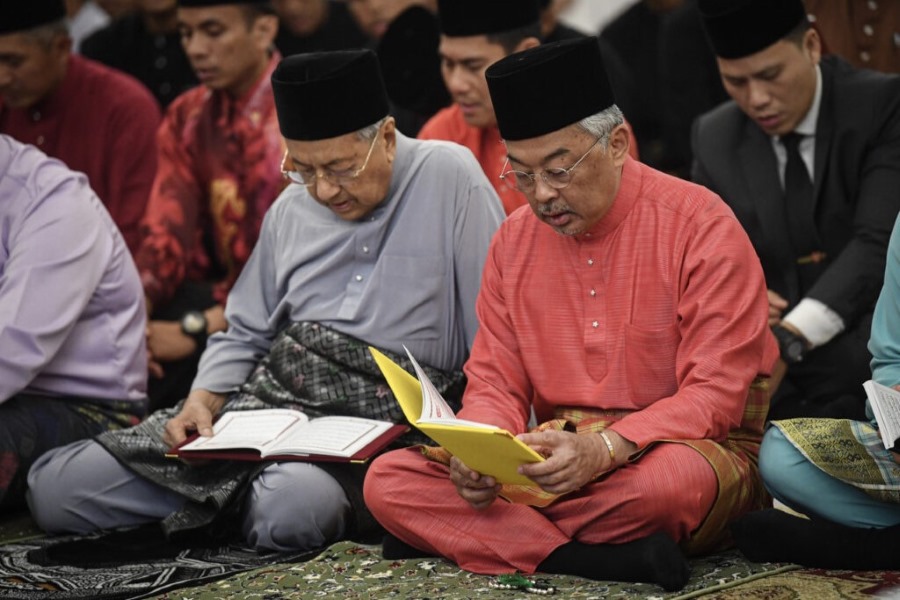
The Constitution of Malaysia recognizes Islam as the national religion (Source: Dulich)
Islam is the most popular religion in Malaysia, with more than 63% of the population identifying as Muslim. Malaysia's constitution recognizes Islam as the country's official religion so it has a wide-ranging impact on society, from economics and politics to education. Islam also has its own legal system, which includes Sharia law, Islamic courts, and specific religious organizations.
The presence of many religions within different ethnic populations has resulted in a rich cultural interaction, transforming Malaysian culture into a distinct and vibrant melting pot of traditions and beliefs in Asia.
Read more: Malaysia tour 9 days: Heritage Exploration
One of the most fascinating aspects of Malaysian culture is its diverse festivals. Exploring diverse Malaysian culture tapestry would be incomplete without immersing oneself in the lively, colorful celebrations held throughout the year.
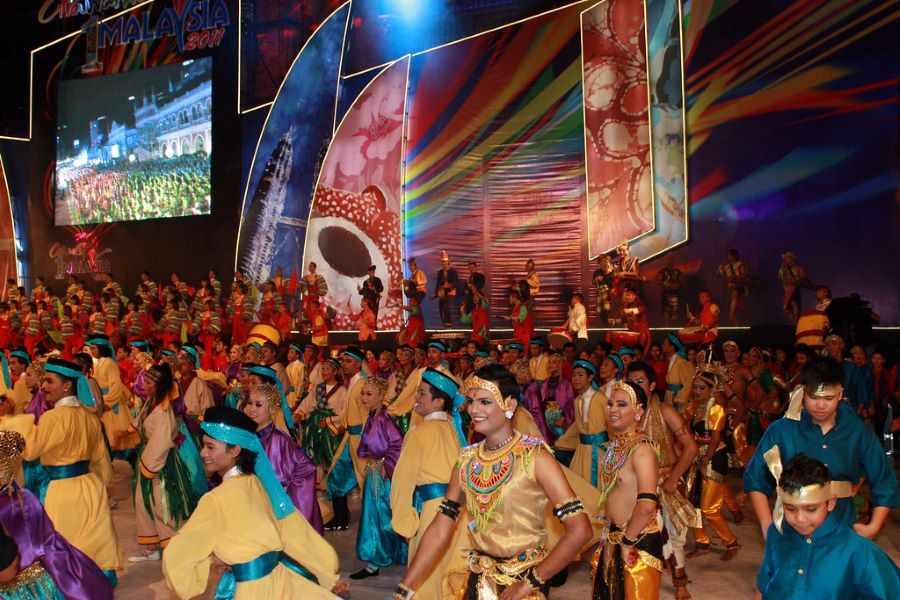
Colours of 1Malaysia Festival in Malaysia (Source: Willam Cheng)
These vibrant Malaysian festivals are one of the nation's defining cultural icons. Because of its multiethnic makeup, the country's major holidays reflect the customs of its various cultural backgrounds. A great example is the Colours of Malaysian Festival, which takes place every May and celebrates the country's varied past with performances, parades, and exhibitions from many ethnic groups in Malaysia.
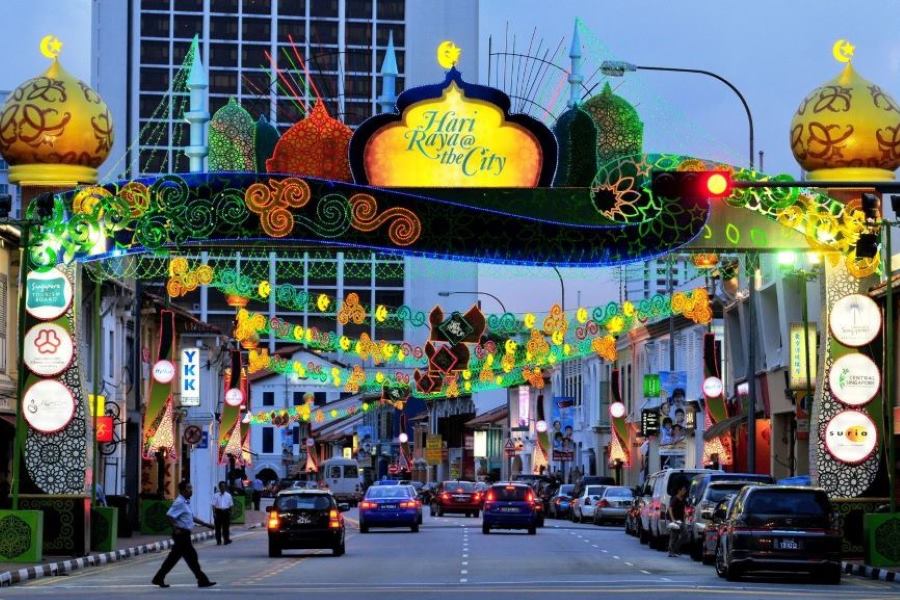
The streets are beautifully decorated after Hari Raya Aidilfitri month (Source: Topten)
Among the most important events is Hari Raya Aidilfitri, which marks the end of the holy month of Ramadan. This Malaysian festival, usually held in March or April, is a time for feasting, family gatherings, and forgiveness. Hari Merdeka (Malaysia's Independence Day) on August 31 and Malaysia Day on September 16 are two prominent national holidays that allow residents to show their patriotic pride.
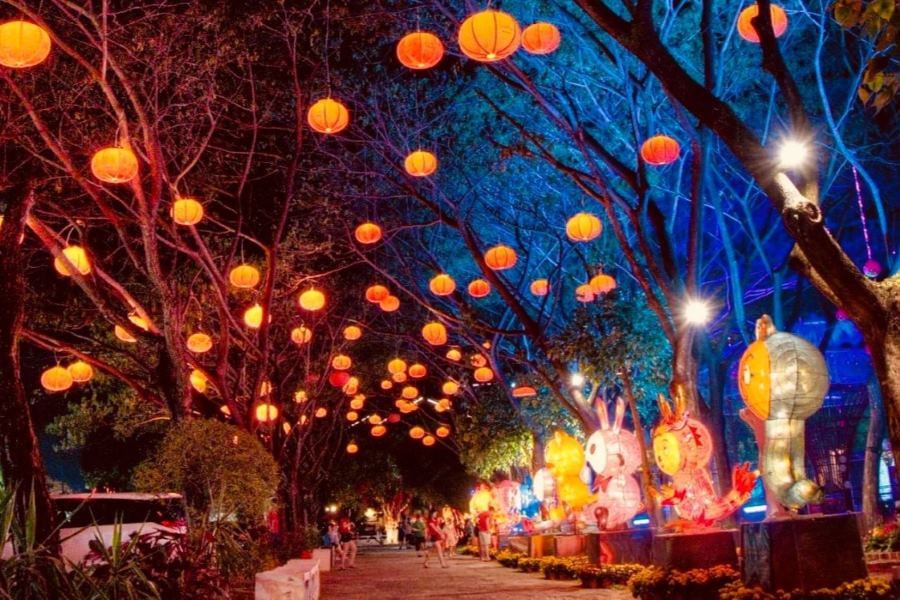
The Lantern Festival in Malaysia (Source: The Star)
The Chinese community in Malaysia also contributes significantly to the vibrant festive atmosphere here with the Chinese New Year, where streets are illuminated with dazzling lanterns, creating a magical atmosphere. Meanwhile, the Indian community observes Diwali, also called Deepavali or Deepawali, the Festival of Lights, in November, filling homes and temples with glowing oil lamps and prayers for prosperity and happiness.
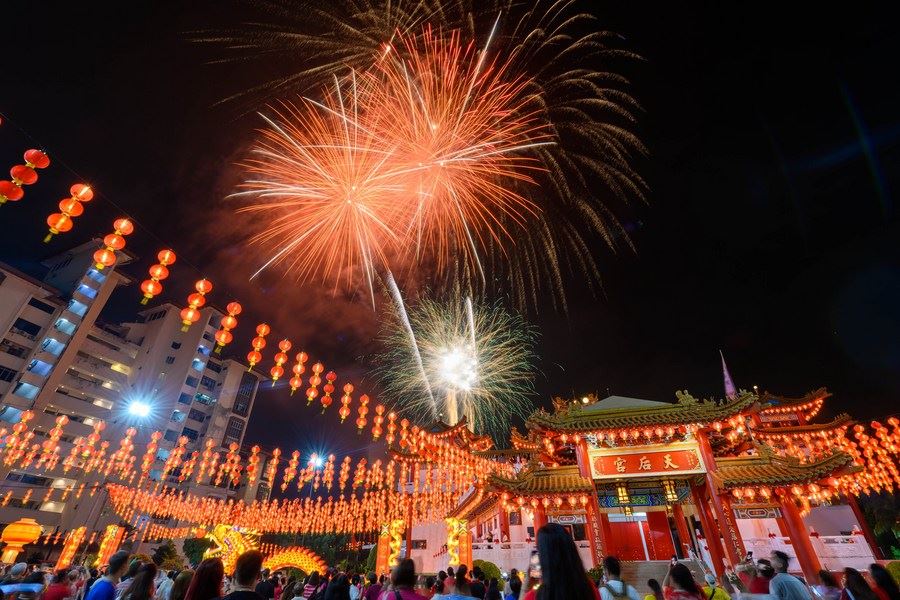
Chinese New Year in Kuala Lumpur, Malaysia (Source: Xinhua)
To truly experience the diverse Malaysian culture, you must join in these lively and dynamic celebrations that bring together people of all backgrounds, making every moment in Malaysia an unforgettable cultural journey.
This diverse Malaysian culture is most clear in the country's holy landmarks. The country's ethnic diversity can be seen in both its cities and its rural areas. Particularly, the traditional farming towns of the country's Malay people are very different from the cities, where immigrants have brought their own culture.
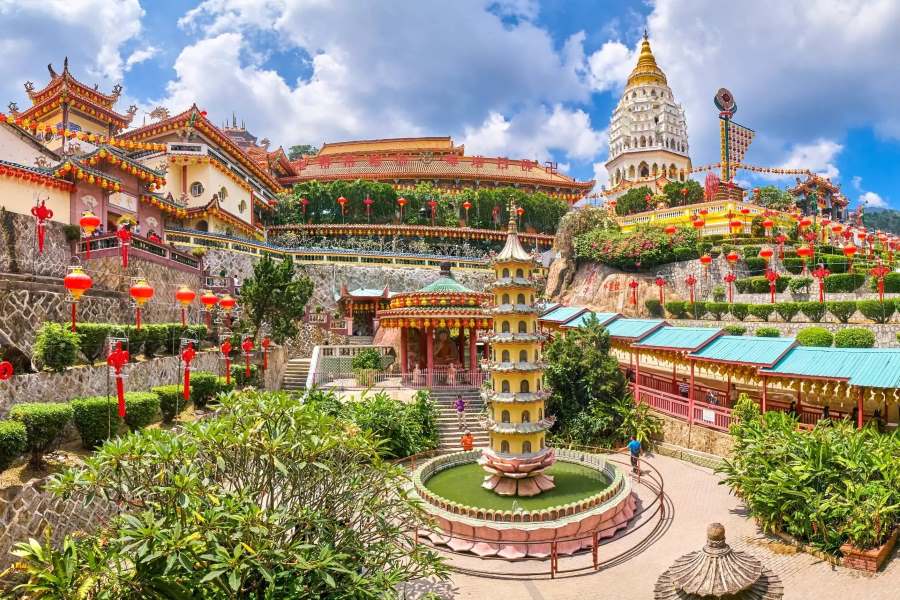
Chinese temple in Penang, Malaysia (Source: Awaywego)
In a single street, you may encounter a Christian church painted in the favorite red of the Chinese community, a Buddhist temple with distinct features of Chinese Mahayana Buddhism, a Hindu temple with unique architectural elements, or a majestic and grand mosque representing Islam.
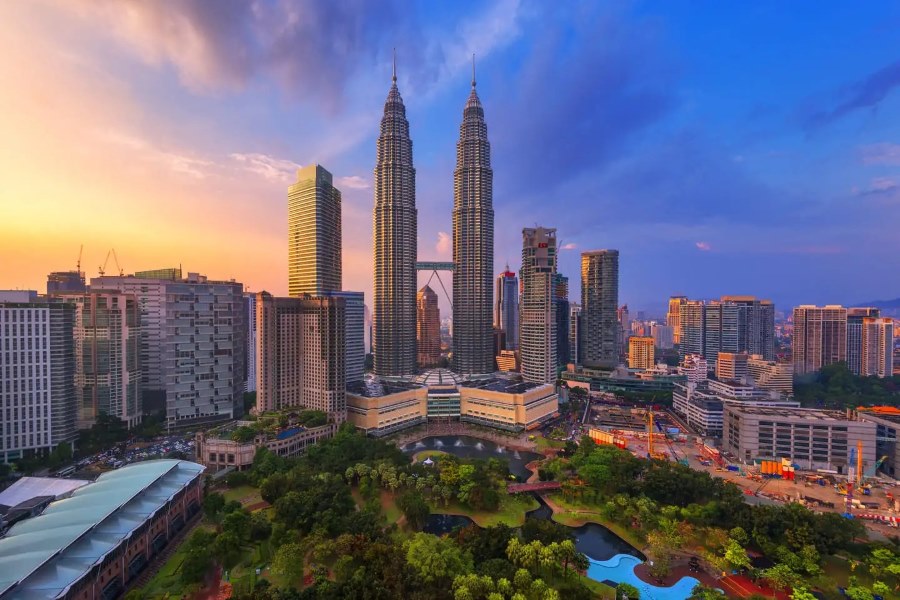
Petronas Tower - a symbol of Malaysian architecture (Source: Socar)
One of Malaysia’s most iconic symbols of development is the Petronas Twin Towers, the tallest twin towers in the world, standing at an impressive height of 452 meters. It is no surprise that these towers have become a source of national pride for Malaysians. With 32,000 glass windows and a magnificent steel structure, the towers exude both elegance and strength. Standing on the sky bridge that connects the two towers, one can feel as if looking through a window to the vast world below.
The diverse Malaysian culture is also beautifully reflected in its cuisine, which blends distinct flavors from Chinese, Indian, and Malay traditions. Enjoying street food is a must when visiting this culturally rich country. Rice and noodles, along with spicy dishes, are very popular here. Tropical fruits are abundant, with durian being the most famous (and infamous) for its strong odor, which often surprises foreign visitors.
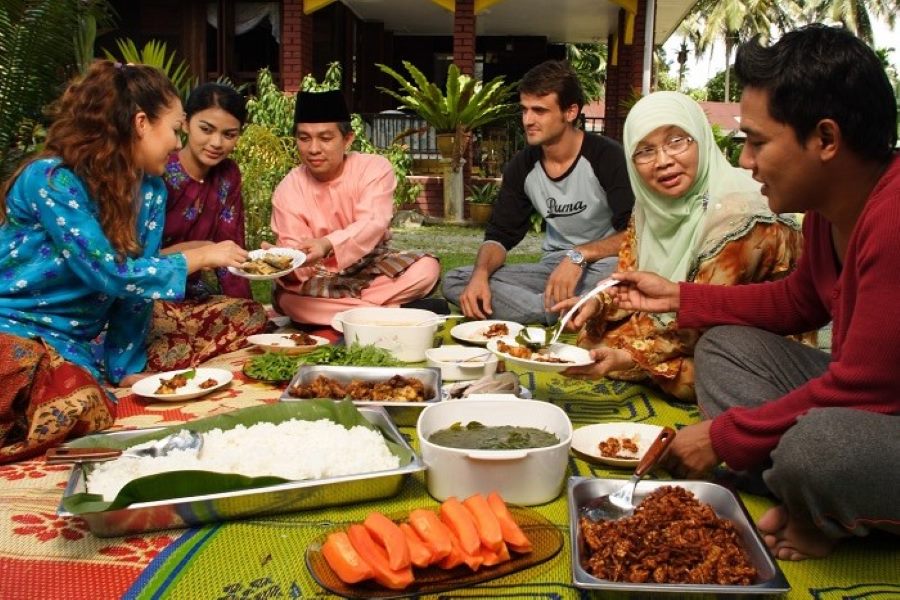
The diverse dishes of Malaysian cuisine (Source: Luhanh)
Malaysian cuisine is influenced by a variety of groups and religions, resulting in distinct eating traditions. For example, pork is illegal for Muslims but widely consumed by the Chinese; Hindus avoid eating meat; many Buddhists maintain a vegetarian diet; and alcohol drinking distinguishes Muslims from non-Muslims.
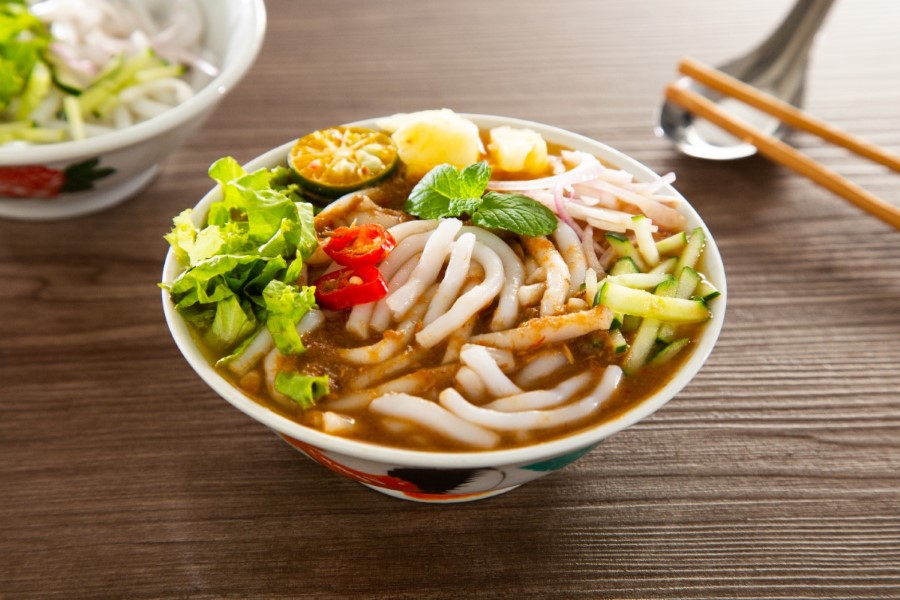
Assam Laksa Noodles (Source: Vnexpress)
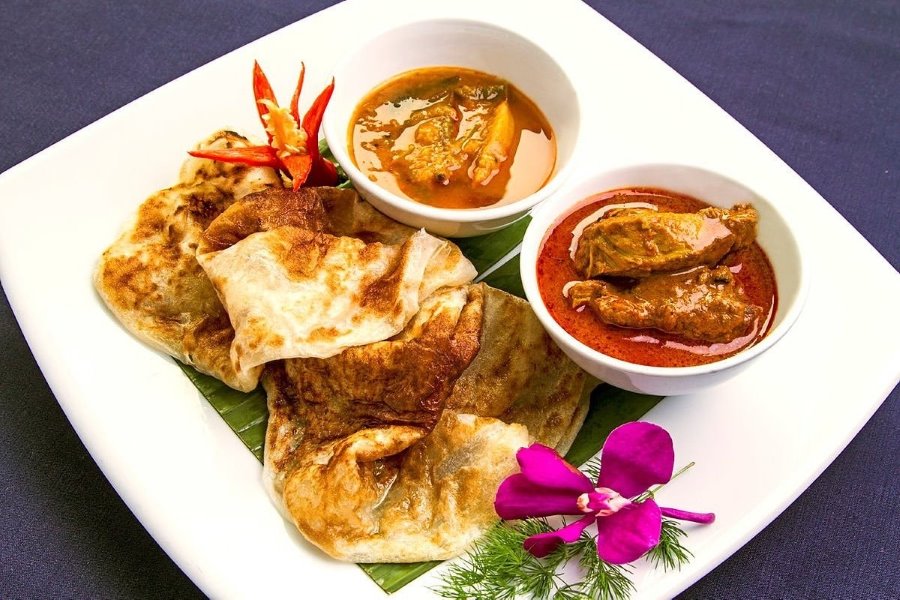
Roti bread, brought to Malaysia by the Indians, has become popular (Source: Express)
In Malaysian culture, you will encounter warm friendliness from the locals. Offering a light lunch or drink is a common courtesy. Tea and coffee, as well as pastries, are usually served to welcome guests, displaying Malaysians' true hospitality. In exchange, it is acceptable to enjoy the drink or, at least, sample the food to express appreciation.
If you want to explore the cultures, cuisine, and festivals of Asia in just a few days, Malaysia is the best choice for you, Malaysia is increasingly becoming an attractive destination for visitors from around the world. It offers a chance to experience a true "Asia" right in the heart of the country.
You may like: Malaysia Tours 7 Days